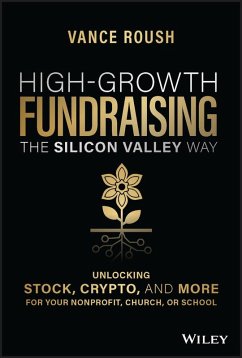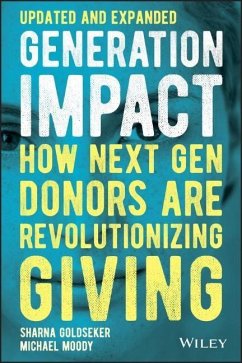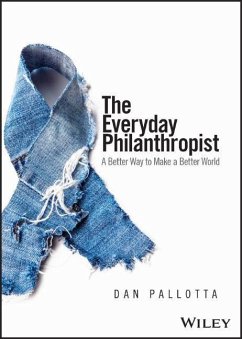
Fundraising Principles and Practice
Versandkostenfrei!
Versandfertig in über 4 Wochen
77,99 €
inkl. MwSt.

PAYBACK Punkte
39 °P sammeln!
Fundraising is the engine that makes nonprofit organizations go. It's the critical component that supports and maintains all activities, and it forms the foundation of the organization itself. That's why steady management, effective methods, and the most up-to-date tools are vital to the role. Truly outstanding fundraisers also bring to the table a familiarity with donor psychology that enables them to perform to their utmost capability. Fundraising Principles and Practice covers all these areas. Based on the latest fundraising-related research from the fields of economics, psychology, social ...
Fundraising is the engine that makes nonprofit organizations go. It's the critical component that supports and maintains all activities, and it forms the foundation of the organization itself. That's why steady management, effective methods, and the most up-to-date tools are vital to the role. Truly outstanding fundraisers also bring to the table a familiarity with donor psychology that enables them to perform to their utmost capability. Fundraising Principles and Practice covers all these areas. Based on the latest fundraising-related research from the fields of economics, psychology, social psychology, and sociology, this one-of-a-kind text offers interpretations that explore the implications of research for modern fundraising practice. It also provides numerous case studies and examples--updated and refreshed for this Third Edition--to illustrate the principles that it explains. Excellent for current practitioners and students alike, this is the only fundraising textbook with an integrated pedagogical approach to ensure understanding and retention of information. The book also comes with access to a companion website where readers can enhance their learning and test their knowledge. With this updated edition, leading fundraising scholars Adrian Sargeant and Jen Shang bring Fundraising Principles and Practice up to date with new research, the latest best practices, and a new look at how leadership and organizational culture contribute to outsized fundraising success. The book thus remains well placed to provide a core understanding of fundraising today, both for undergraduate and graduate classes in the subject.












